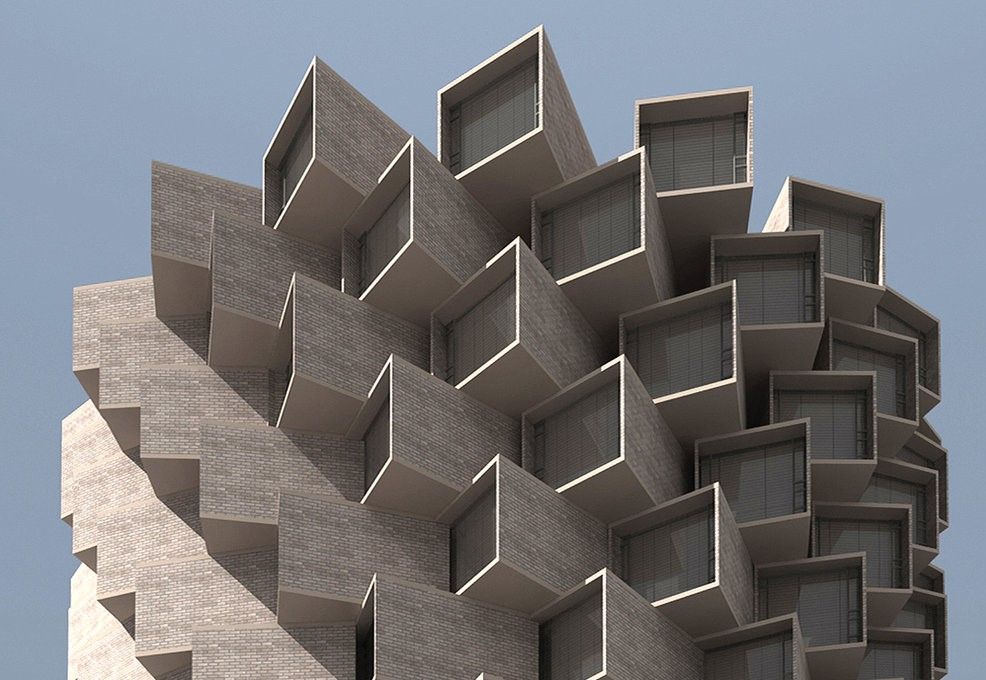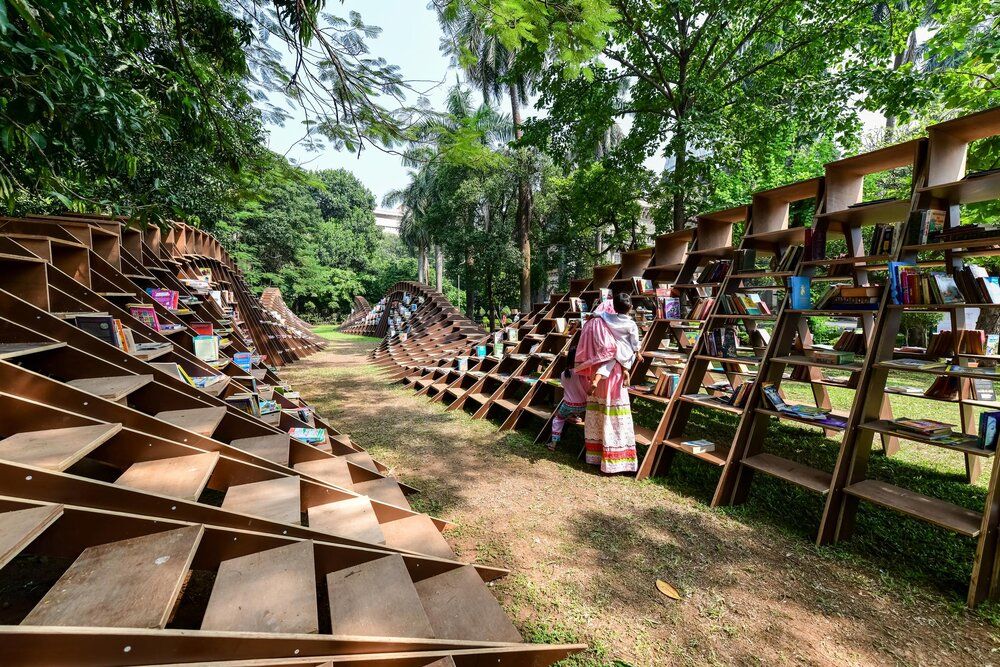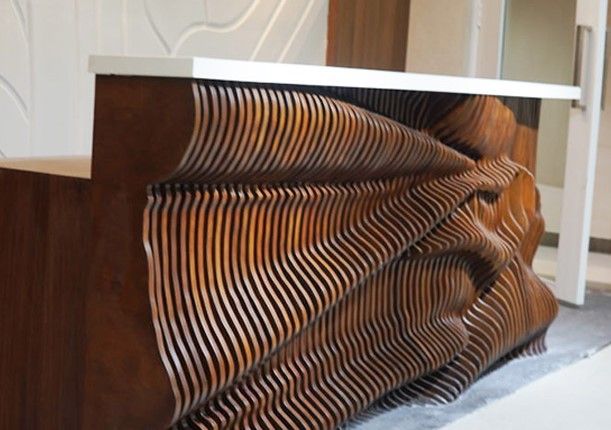Streaming Now – Novatr’s story on The Indian Edtech Story, only on Jio Hotstar.
PROGRAMS
Join thousands of people who organise
work and life with Novatr.
Interesting Trends in the Use of Rhino 3D in the Indian Design Industry
Neha Sharma
07 mins read
March 30

Read on to get the tea about the latest trends in the use of Rhino 3D in India:
1. Firms Adopting Computational Design Tools are Escalating
Fewer in number, but not invisible, the firms that make use of parametric software in the design process have caught the eye of all designers and the public alike. Design studios like NUDES, MOFA Studios, Sanjay Puri Architects, Studio Symbiosis, Folds Design Studio are actively embracing the technological advancements in design visualisation and using them to realise their iconic projects.
Rhinoceros 3D (Rhino) is a software which is emerging as a beneficial tool for a lot of firms. The reason for this shift can be the fact that Rhino has more advanced features compared to other 3D modelling software that comes for the same price and the flexibility in design it offers. In short, it’s money well invested. Another reason is its compatibility with other CAD, CAM and prototyping formats which allows an uninterrupted workflow, increasing efficiency and staying relevant to the context of the project.

BookWorm Pavilion by NUDES (Source: www.nudeoffices.com)
2. Optimising by Outsourcing Consultants
Now, not all design firms have the faculty to generate output using computational design tools. In such cases where they need an optimum design solution, outsourcing consultants is a common practice. Computational and parametric design, which is relatively new to the Indian industry, is a heavily outsourced domain. A lot of young architects have begun offering consultation for the design of tensile structures or organic forms using software like (but not limited to) Rhino 3D to deliver projects.
Outsourcing is truly an extended arm!
3. Increasing use for Facade and Form Building
One of the main advantages of using computational design tools is that it generates appropriate geometry based on given parameters and required functions. J+S Architects from Nagpur, which is at its genesis, uses Rhino 3D for facade development and form building. Parameters such as climate, topography, wind and existing built environment along with the function of the space are concerned with facade design and form development. By making use of the relevant tools, design studios achieve optimisation of form.

Flux Hauz - a parasitic housing scheme, conceptualised by Jitendra Farkade, Kammil Carranza and Vinay khare; IAAC graduates (Source: Ar. Jitendra Farkade)
4. Aiding Development of Sustainable and Green Design
Sustainability consultants work closely with architects and planners in pursuit of a cleaner and greener built environment. The same collaboration, when facilitated by computational design tools, has high chances of giving faster and better results. Sustecture Consultants, based in Chennai, work on building sustainable surroundings with a diverse team of engineers, green building consultants and architects who use a mix of computational and simulation software for the finest outcomes.
Human creativity when merged with computational power is bringing hope for a brighter and sustained future on this planet!
In this interview, Brice Pannetier, an architect, computational designer, and one of Novatr's course mentors, shares his insights on why architects and engineers should learn computational design.

5. Growing Application in Research and Development
In an attempt to make the future better for the next generation, a lot of organisations are undertaking R&D projects with goals being to study, teach, experiment, and improve.
With computational design tools like Rhino 3D, there is no limit to the discovery of possibilities. An example of one such organisation is rat[LAB] - Research in Architecture and Technology, consisting of a network of designers and researchers all across the globe, adept at computational design and similar technology-related realms.
![Image showing render of Sai Baba Temple designed by rat[LAB] studios using Rhino 3D](https://drt8cv58r2b23.cloudfront.net/images/blog/R004_NS_InterestingTrendsInTheUsageOfRhino3DInTheIndianDesignIndustry_0321_Image4.jpg)
Sai Baba Temple developed by rat[LAB] (Source: www.re-thinkingthefuture.com)
6. Helping the development of Advanced Design Systems
To build a whole computational design system one cannot rely on just a single tool. Tools for making animations, digital sculptures and many more are often used alongside 3D modelling software like Rhino, which acts as a procedural platform and is a part of the whole system. These systems are widely used in the automobile sector where there is a need for detail-oriented and thorough design
Masters of computational design, Sri Design Lab tries to make use of the available technology and artisans to develop in-depth design solutions, focussing not only on conceptualising but also executing.
7. Increasing Use in Furniture Design and Interior Installations
Stay home, stay safe!
With the current pandemic scenario, indoor activity is greater than ever. The demand for better interior and furniture design is at its peak, pushing designers towards innovation. In this area, establishments like Prelab Design Studio and Formforge are carving new paths using parametric design tools, experimenting with form, material and aesthetics.

Reception Desk design by Formforge (Source: www.formforge.in)
Innovation and creativity can be found in numerous fields, in various forms and a design tool like Rhino 3D is a friend of all because of its flexible nature. With the rapidly progressing design scene in India, there is an increasing market for professionals who have a good grip on computational and parametric design tools.
If learning new skills and being industry ready has always been your plan, do check out Novatr’s course on Rhino + Grasshopper 101!

Join 100,000 designers who read us every month
